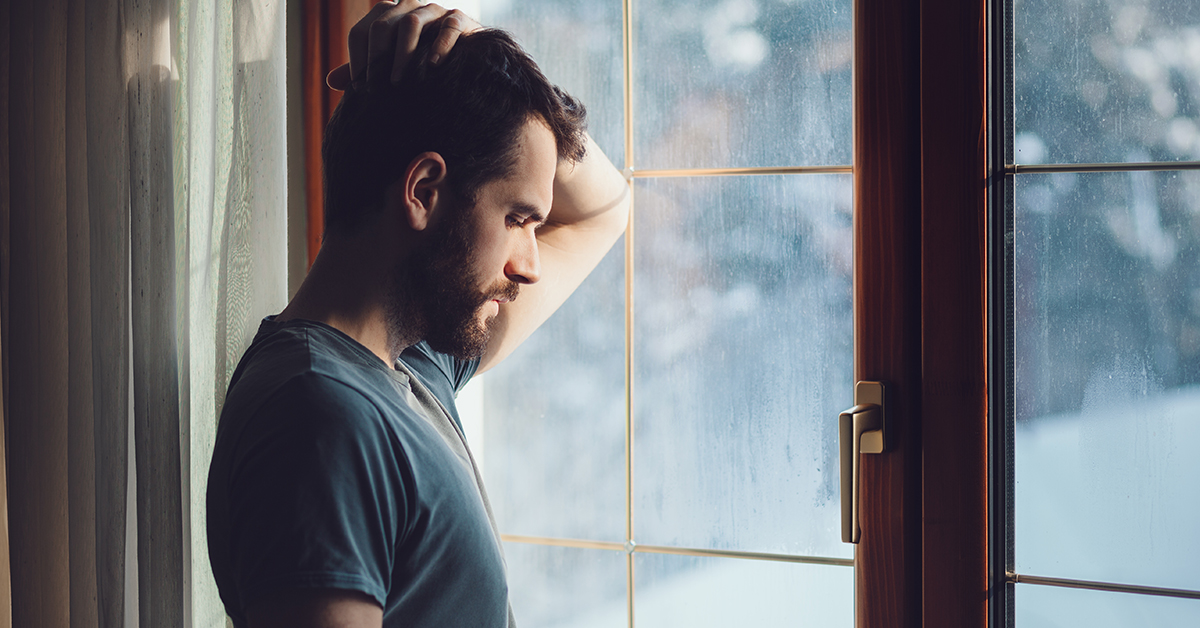Seasonal sadness—also known as seasonal affective disorder or SAD—is a type of depression that relates to the changing seasons. In most cases of SAD, the symptoms start in the late autumn and continue through the winter months, which is why the condition is often referred to as the winter blues. In some cases, though, the symptoms begin in the spring or summer. In either case, symptoms may be mild when they begin and become more severe as the months move on.
Symptoms of SAD may include:
• Feeling depressed most of the day nearly every day
• Feeling hopeless, worthless, or guilty
• Having low energy
• Feeling sluggish or agitated
• Having difficulty sleeping
• Losing interest in activities that were usually enjoyed
• Experiencing changes in appetite or weight
• Having trouble concentrating
• Having frequent thoughts of death or suicide
Symptoms that are specifically connected with SAD that occurs during the fall and winter include:
• Oversleeping
• Craving foods that are high in carbohydrates
• Gaining weight
• Feeling tired or having low energy
The shorter days in the fall and winter appear to be the main triggers for the winter blues, because the reduced hours of sunlight can disrupt the body’s internal clock. During the daylight hours, our brain sends signals to the other parts of our body to help keep us awake and alert. At night, our brain produces a chemical called melatonin that helps us sleep. As the days get shorter and the nights get longer, our bodies get out of balance.
Treating SAD
A first line of treatment for SAD is often light therapy. In light therapy the person generally spends at least 30 minutes a day in front of a box that shines a light much brighter than ordinary indoor lighting. As many as 70% of people find relief after a few weeks of treatment; some find relief even sooner. However, light therapy doesn’t work for everyone. Antidepressants can be effective in some cases, either alone or in combination with light therapy. There is growing evidence to support cognitive behavioural therapy (CBT) as a viable treatment for SAD. CBT is a type of talk therapy that helps people identify negative thoughts and reframe them into something more positive. It also helps them discover new behaviours to engage in
to make them feel better when they are depressed.
Some behaviours that may help are:
• Taking a walk, watching a movie, or engaging in other activities you enjoy
• Getting outdoors early in the day when the sun is shining or spending time in
brightly lit spaces
• Eating a healthy diet and limiting the amount of carbohydrates, such as cookies and
candy
• Spending time with a trusted friend or relative you can share your feelings with
• Getting together with friends
• Volunteering in the community to help others
If self-help measures don’t relieve the problem, consult your doctor. This is especially important if your sleep patterns have changed, if you find yourself drinking more alcohol for comfort or to help you relax, or if you feel hopeless or think about suicide.
Read other articles in our Fall-Winter 2021 volume of our Bettercare magazine here.



